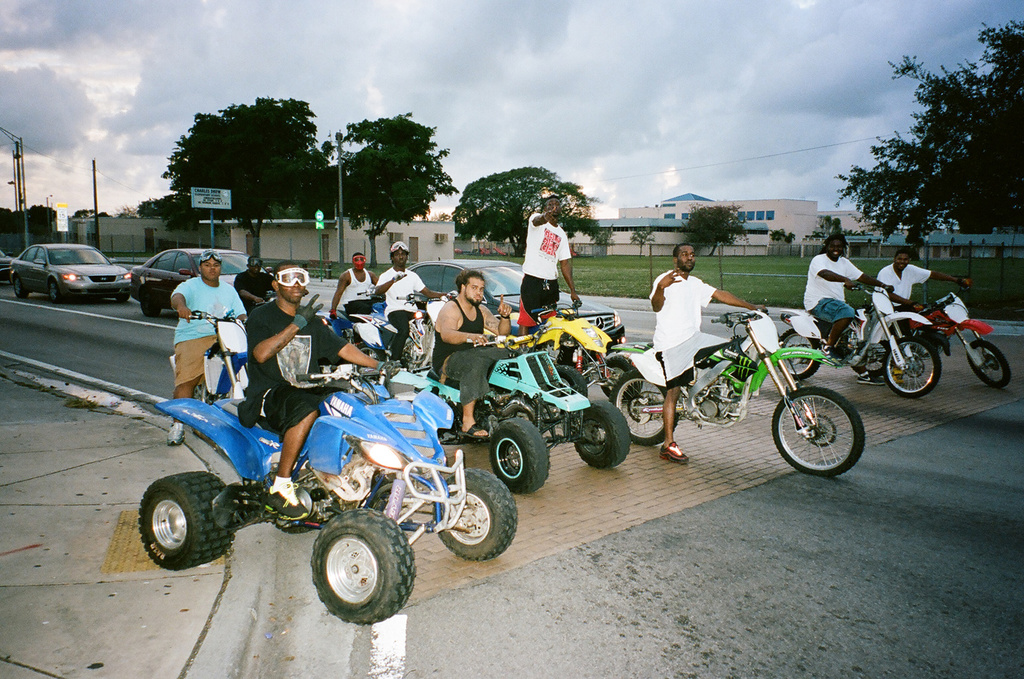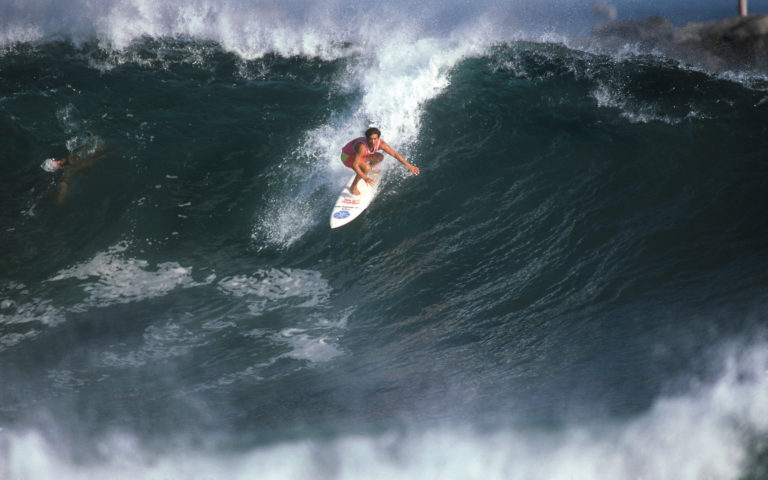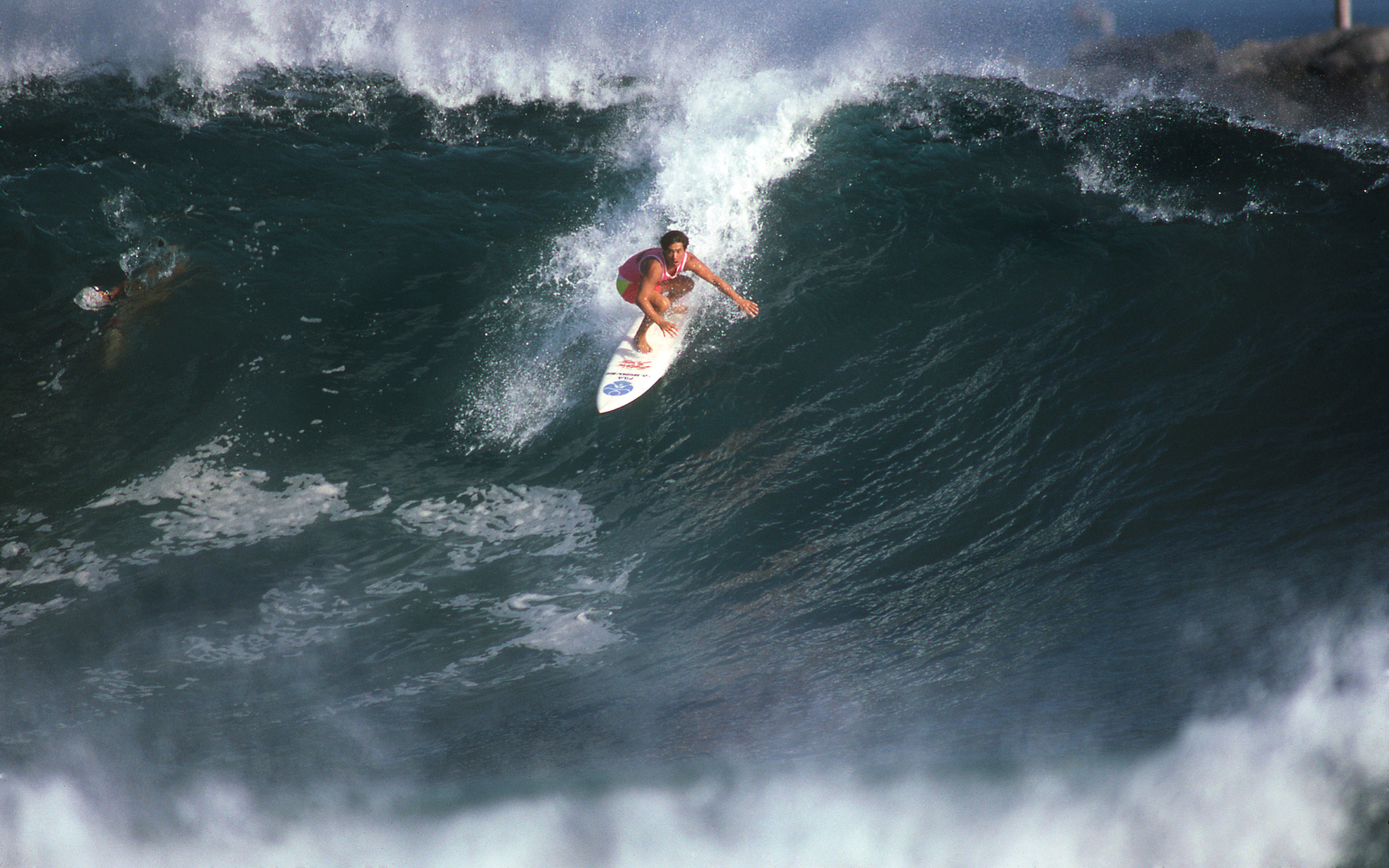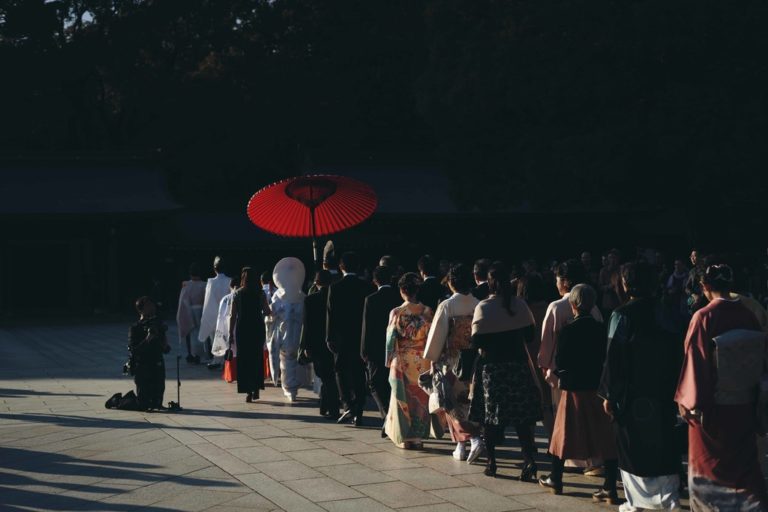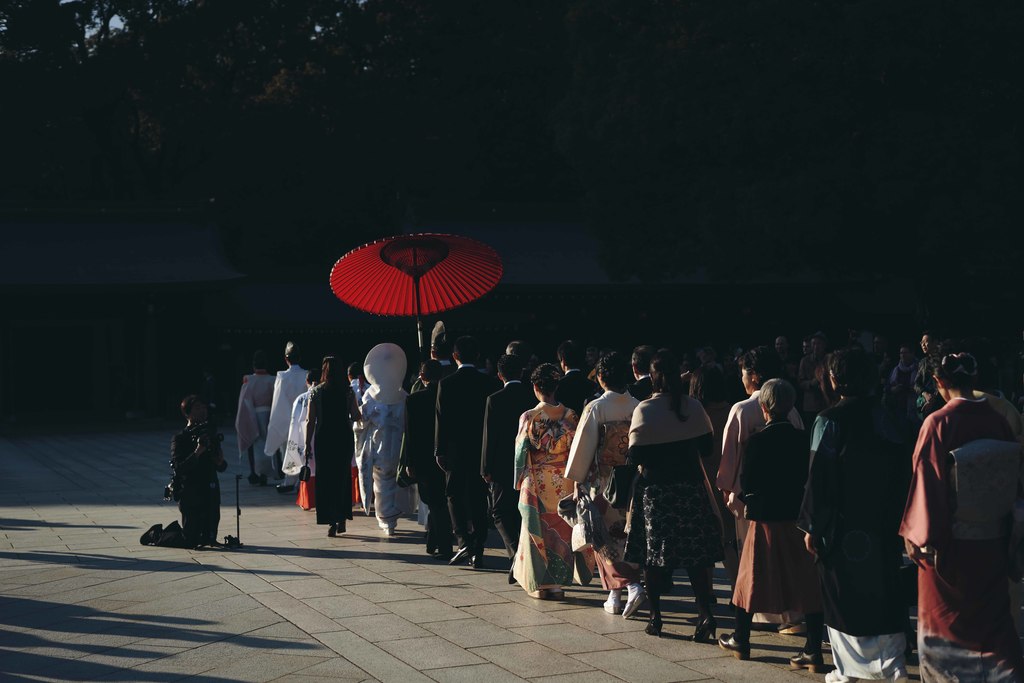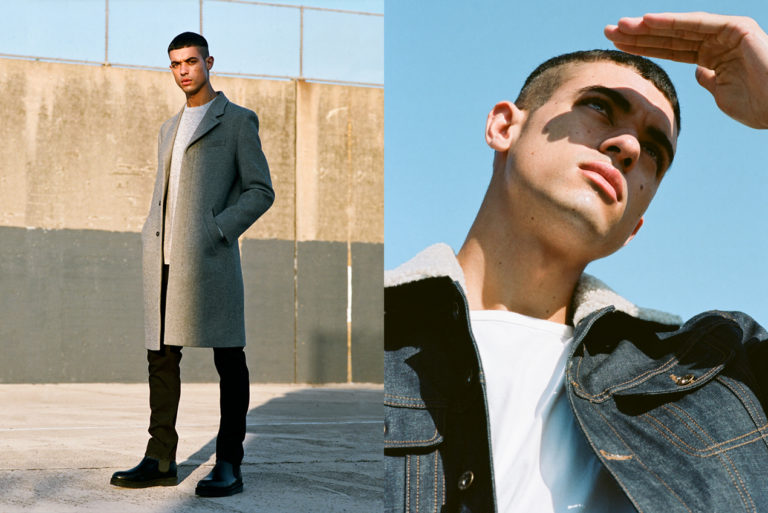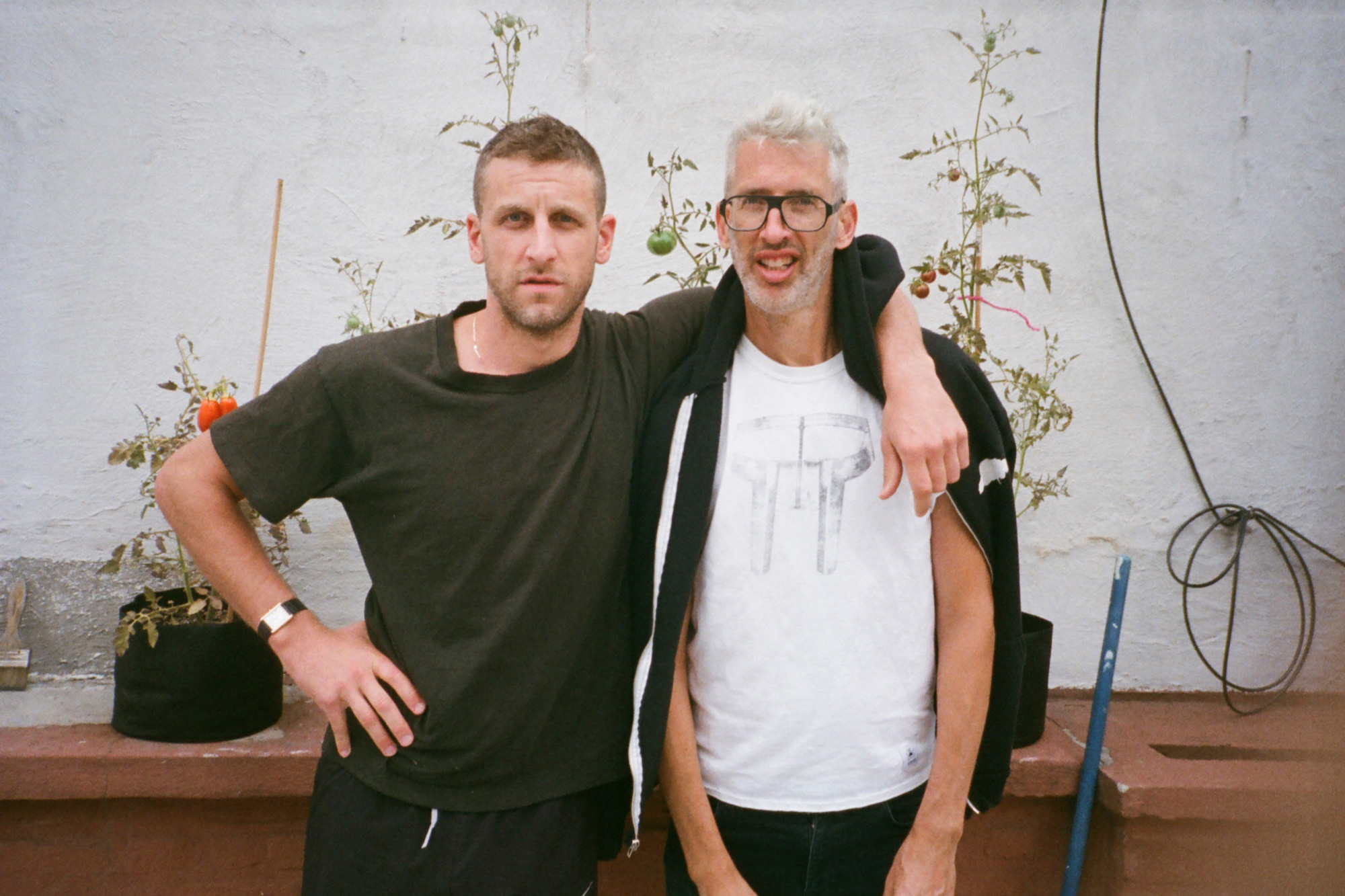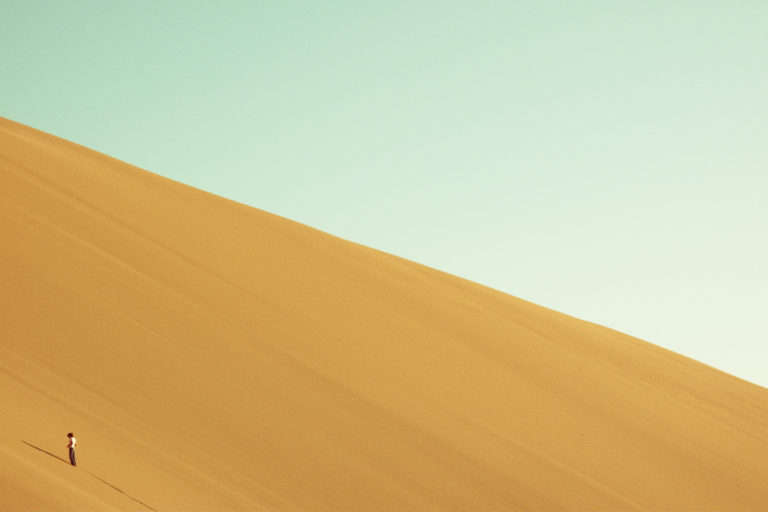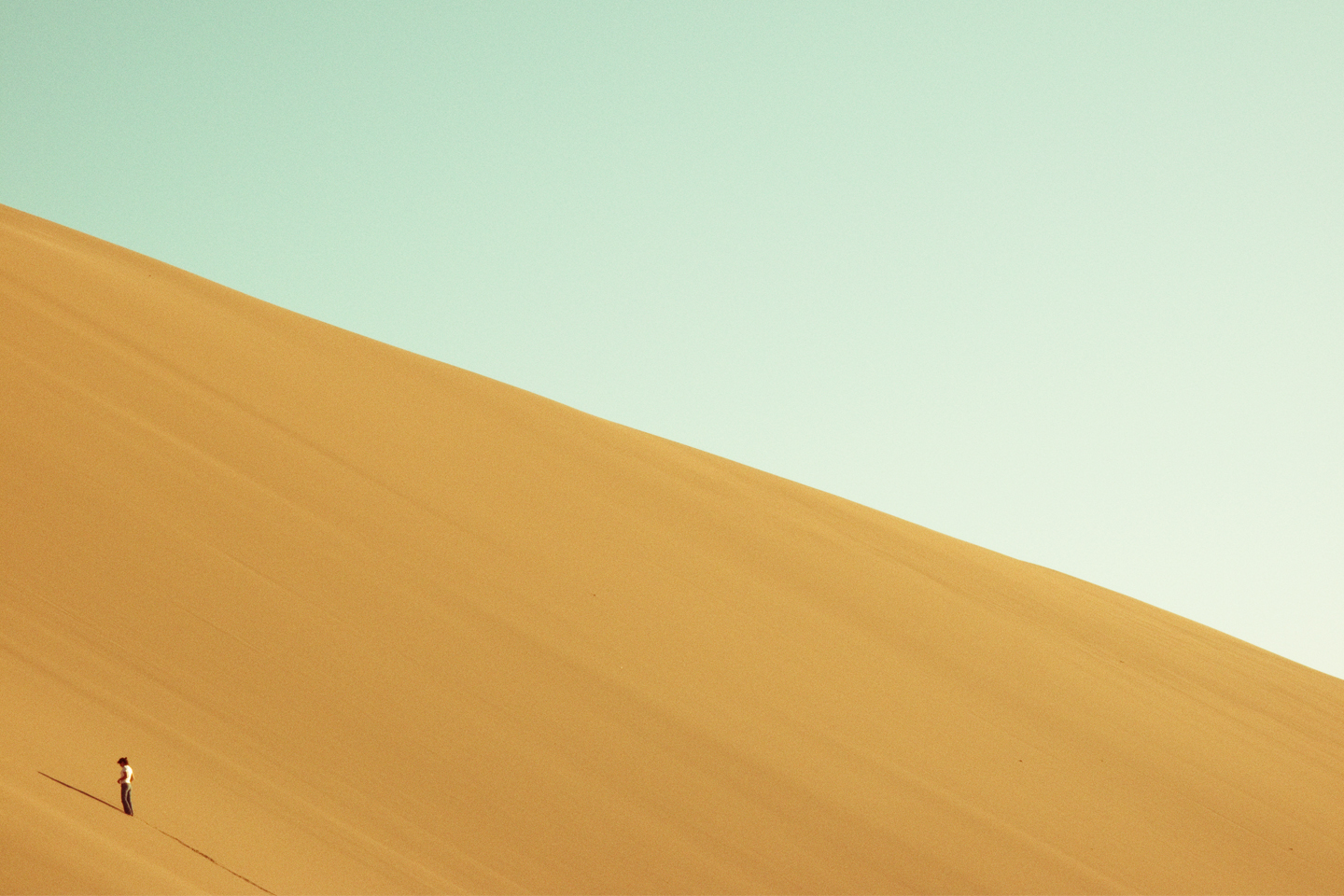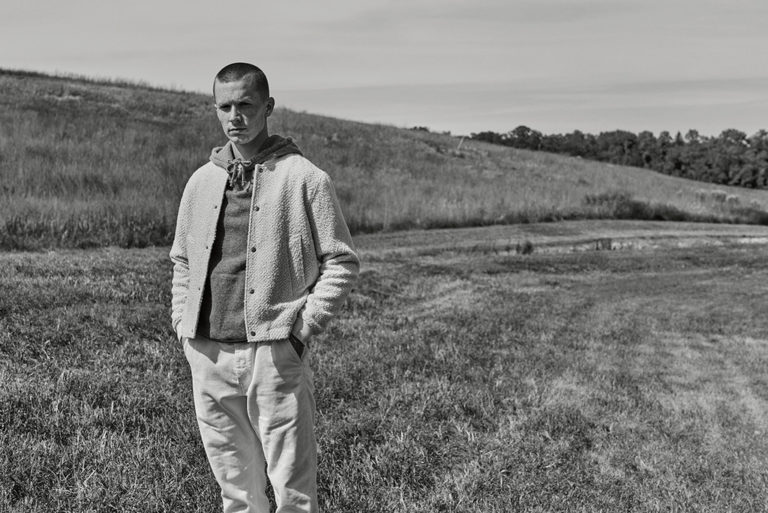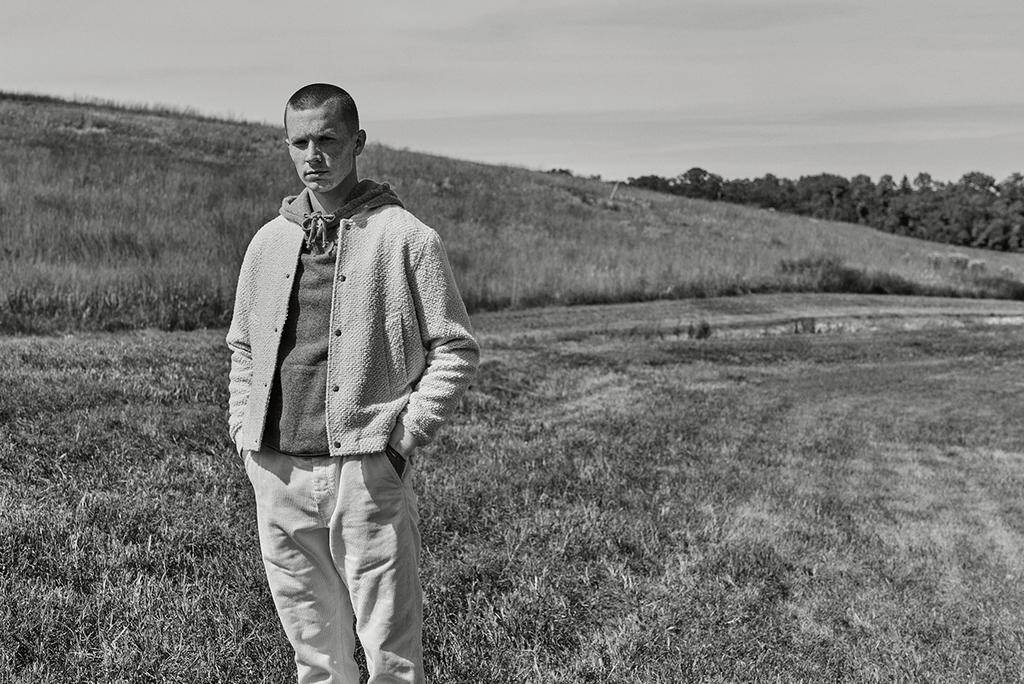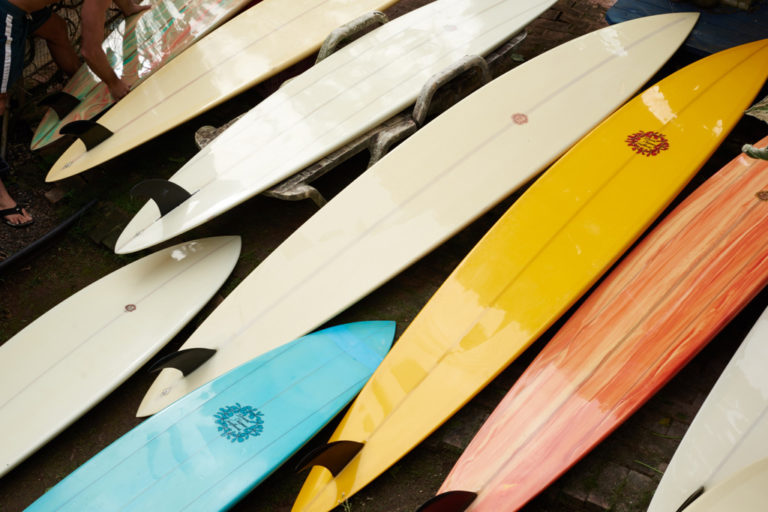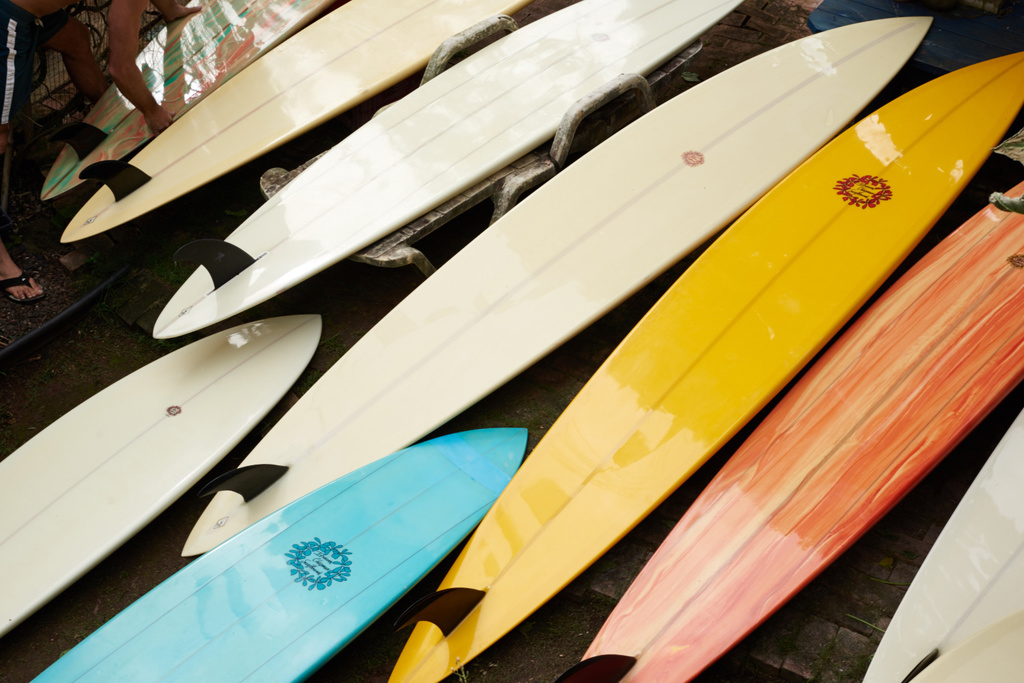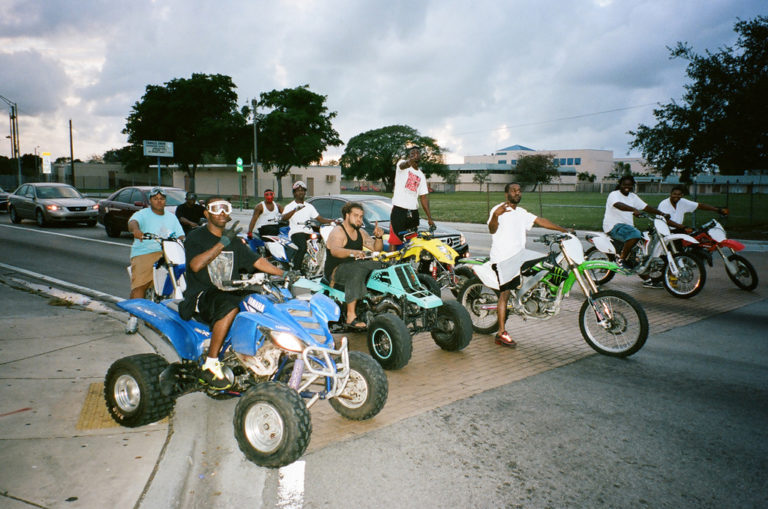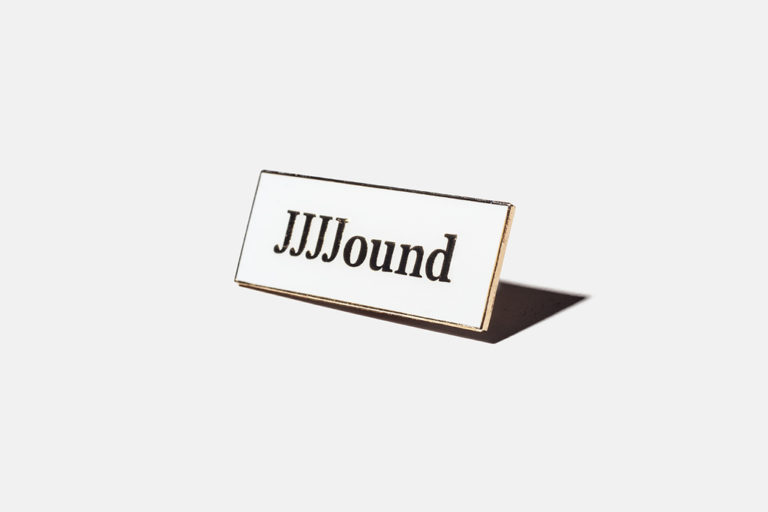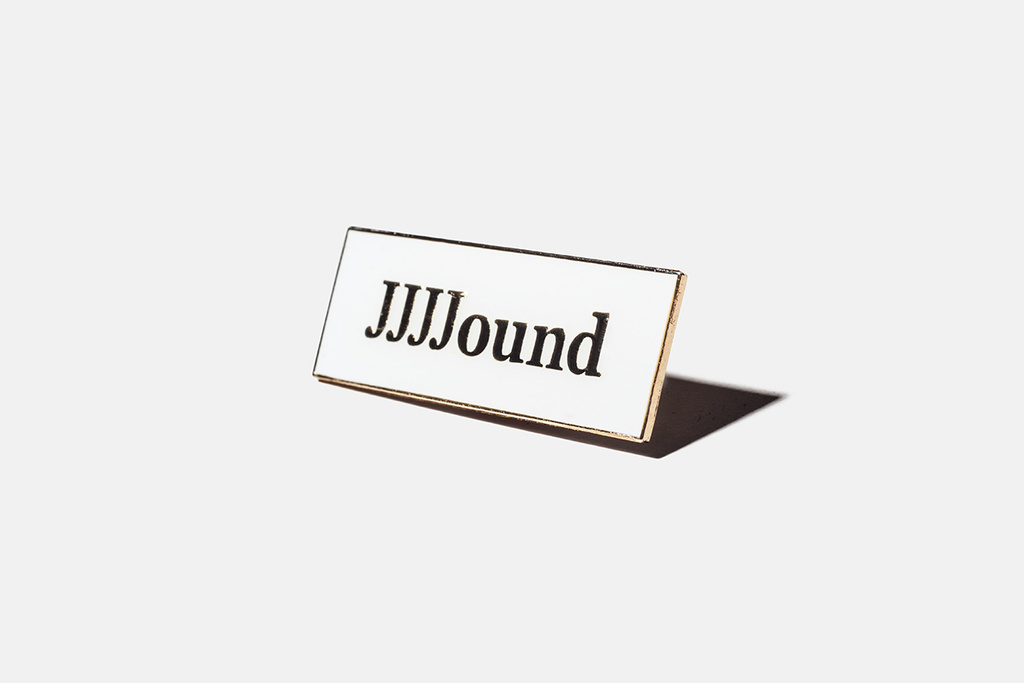colin tunstall: How was soccer this morning?
peter sutherland: It was good. I always love playing this time of year. It’s cold and I feel some kind of energy from that. We just celebrated our ten-year anniversary. Hopefully we’ve got ten more!
ct: So you’ve been playing with the Chinatown Soccer Club from the get-go?
ps: Within a few months of my arrival. I was lucky to fall into it early. I wasn’t even really a soccer player then. I liked it, and I was really trying to figure out something to do post-skateboarding.
ct: Where are you from?
ps: I was born in Michigan, but I consider Colorado to be where I’m from because my formative time was there. I grew up in Colorado Springs. It’s a mix of very conservative and religious people—there are a lot of military bases.
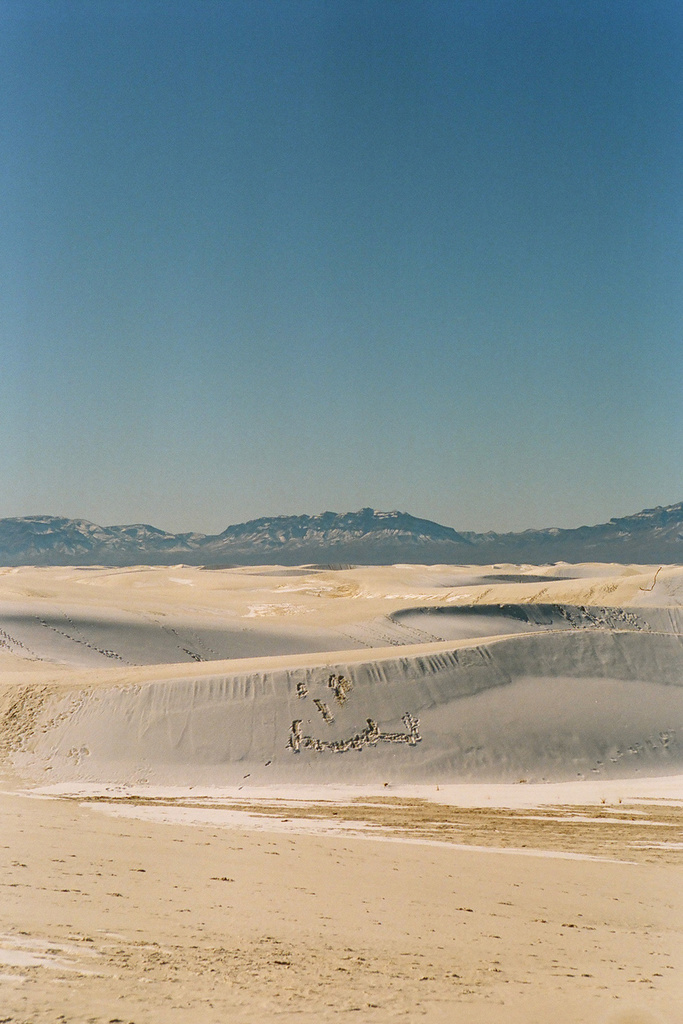
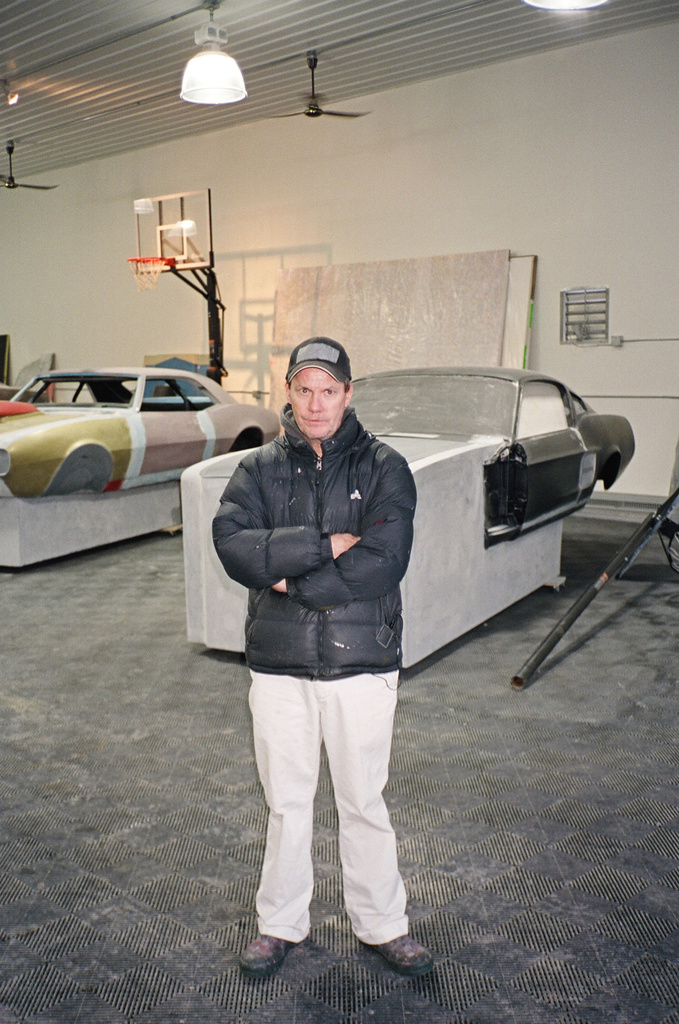
ct: I’ve heard that Colorado is very polarized.
ps: Yes. There are also a lot of people there that don’t do the nature thing. The way that Colorado developed, with the outdoor stuff, it can be very posh. It’s a resort-based thing. Telluride and those places are luxury areas. Colorado has other people who just seem like they would live in the Midwest, and they’re just there by chance.
ct: I see that in your pictures.
ps: Growing up there, I always had this feeling that I could do whatever I wanted. Maybe I gravitate towards some of the clichés about Colorado—the Grateful Dead, the ski bums—I definitely grew up with all of that imagery. You know, the bumper stickers saying, “No Guts No Glory,” or “Ski Naked.”



ct: There’s a lot of energy in your photographs, there’s also a lot of sports-and lifestyle-driven activities. Did you grow up surfing or skating? Did they lay any influence to where you are now?
ps: When I moved to Colorado, I moved from a place where there were dirt roads to a place where there were sidewalks and paved streets. I started skateboarding because I could; I didn’t know it would turn into this cool subculture. I don’t think anyone thought it’d get as big as it did. That exposed me to a lot of stuff and a lot of people and places at an early age. Then I became obsessed with the idea of traveling, and learning through traveling. I have a natural curiosity about people and what they do. I want my work to have a physicality that comes through and an energy and a movement. I don’t want it to look like it came from a studio, or was too controlled. A lot of the stuff that I come across and shoot is a surprise to me. I hope that comes through in the photography.
ct: You’re good at getting that.
ps: I’m just out there. Any particular place will look so different in the daytime than it does at night. Or, when you drive past something one way, and then turn around and see it from the other direction. I see so many possibilities in everyday life, and try to pull whatever I can from that.
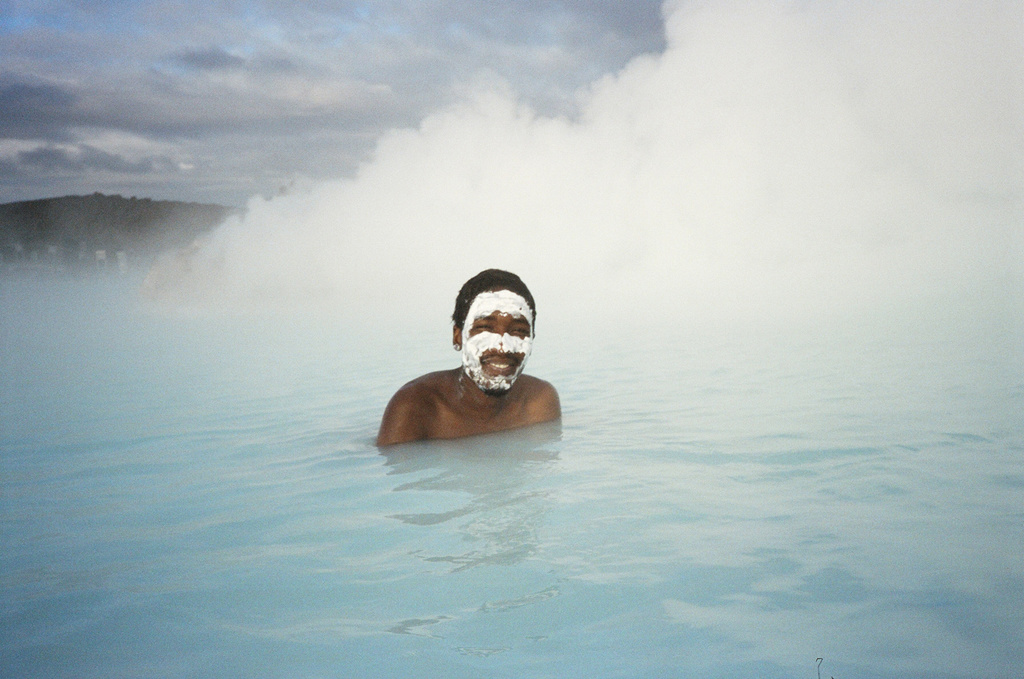
ct: Do you have a goal as a photographer?
ps: Usually, if I’m going to photograph something or if I have a commission to do a portrait, I want it to be a collaboration. I don’t want to say, “Stand in the corner. Look at me.” I don’t want it to be so controlled.
ct: You’ve done a lot of advertising stuff. Is that how it usually works?
ps: The advertising stuff is a completely different challenge. A lot of artists frown upon it, but I enjoy those gigs. I will say that I’ve been lucky in that I’ve gotten jobs that make sense. The first challenge is the timing. You have to make something cool within a day or two. Casting and location are very important. What Terry Richardson does may look really simple, but he’s better than anyone at getting a really cool energy out of someone standing against a white wall. I think I’m lucky in that people sort of intrinsically trust me. It might be my approach—I try to make it relaxed and fun. The advertising has to be aspirational. People have to look cool and beautiful. That’s not how I approach my own work. In those cases, I’m more interested in finding some subtle humor or poetry.
ct: Tell us about your surfing images.
ps: This is an example of why I don’t dislike advertising work. I’ve been able to travel the world—I’m thankful. In Alaska, we shot snowboarding and surfing in the same day with an agency called Exposure. It was one of the best trips I’ve ever had. I also recently went to Uganda for Eden Clothing.
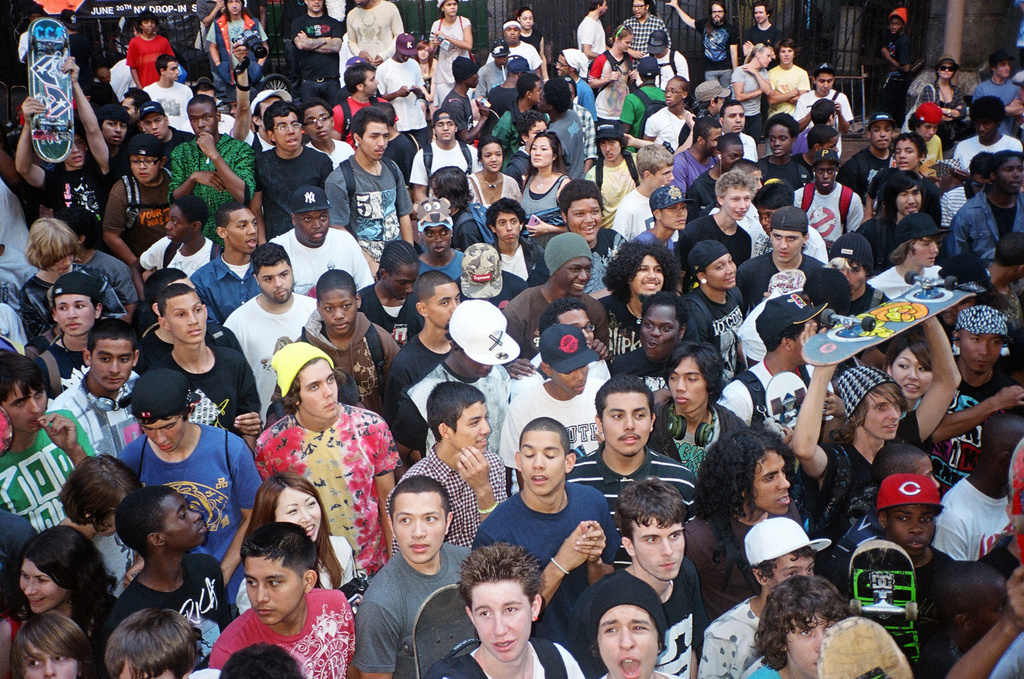
ct: You were just in Colorado, was that for the holidays or for work?
ps: I was home for the holidays. I wanted to show my fiancée the places I love. So we’re just touring around with my brother, Andrew. I’ve been in New York since ’98, and the small apartment thing will never feel normal to me. I feel like I’m living on a ship here. When I go home, it feels more like a resort. My family is middle-class, but a yard and a house feel so spacious! It’s exciting to take the sensibilities that I picked up in New York and re-approach the old stuff. I think the reason that all of these photos look like they came from a particular brain is because I picked up the sensibility of outdoor exploration. A lot of my work is just found art objects.
ct: What’s this photo where people are climbing under the fence?
ps: This is a Burning Spear concert in Brooklyn. (Laughs) I like the way it becomes figurative, and the way people put themselves in these different positions. One person’s lifting the fence, another’s under the fence. They’re all helping each other. And there are a lot of associations you could make from it—crossing a border, etc.
ct: What brought you to New York?
ps: I moved here because my friend’s dad was a pilot and he had free plane tickets. I’d heard that I should see the East Coast. I didn’t really have any dream of becoming an actor or anything. There was nothing I was coming here for.

ct: How did you get started in photography?
ps: My brother gave me a camera when I turned 23. At about the same time, my father passed away. I was able to put all of my energy into photography. It was a way to process his death. I liked the way the camera felt in my hand. Within a few weeks, I had a bunch of photos. I made about six copies of this magazine, Unscathed. I gave them all out and from that, Vice published my first photo for $100. Then I got some work in a group show at a gallery called Rivington Arms. I think that little push was enough to make me feel like I could actually do it.
ct: Is your approach still the same? You’re still in a lot of group shows.
ps: I think of myself as an artist first, but the funny thing is that the summer before last, I did a residency with this collective called The Still House. They were like, “Peter’s a commercial photographer, and he wants to do a residency!” It was funny that they thought of me as a commercial photographer, because I’ve put so much out that I consider art. That’s the odd gray area of photography. I don’t think a lot of people think of it as art unless you’re really strict about only showing your work in Chelsea or the right publications. I started off making films. A good documentary film takes at least a year. When I started taking photos, I loved the instant feel of it. I loved that I could make work that was in dialogue with other artists. The Internet was just getting going. I could see others that were like-minded—it was exciting. So the photography thing stuck.
Some of my favorite artists’ careers are weird people like Raymond Depardon. It looks like they’re just doing their thing. At some point, someone takes notice and says, ‘This is special—we’re gonna put it in a gallery.’
ct: At first, did you have the intention of being an artist, or of pursuing the commercial work?
ps: Some of my favorite artists’ careers are weird people like Raymond Depardon. It looks like they’re just doing their thing. At some point, someone takes notice and says, “This is special—we’re gonna put it in a gallery.” It’s elevated. I really like to work; I make a lot of images. I make books, t-shirts and all kinds of projects. I made six t-shirts for Uniqlo—I’m not bragging. It’s just that I’m not so precious about every image. If I end up being someone like Depardon, that’s cool. If not, that’s cool, too. I’m definitely pushing it, though. I’m not just sitting back and waiting for whatever comes to me.
ct: What’s this image? It looks really special but also like it could be anywhere at any time.
ps: It’s a funny image because it’s the first that really went nuts on Tumblr. There’s something about it. It looks like all of the graffiti is jumping off of the edge of the building. I took it while I was jogging over the Manhattan Bridge, through the fence, at this wall.
ct: You were jogging with your camera?
ps: Yeah! (Laughing) I just love this idea. It shows the history of what goes on there. There’s probably hardly anything going on there other than these kids climbing that ladder. This was just sort of a lucky shot.
ct: Did you ever do graffiti?
ps: I don’t do graffiti, but it’s one of the first things in New York that really caught my eye. I was so curious about it. The first book that I did was portraits of taggers. I had them put their tag on the picture—it brought a name to a face. A lot of them are obscured.
ct: I’m surprised they let you do that!
ps: I met a lot of graffiti writers through that. It was fun. I got to meet Revs, BFR, a lot of the real outlaws.
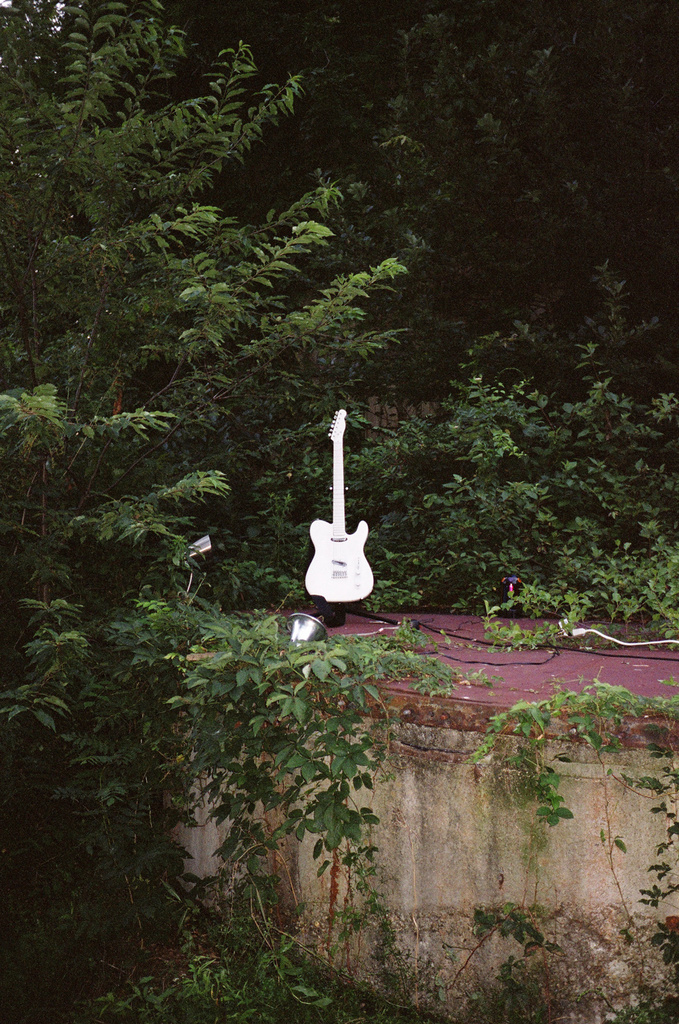
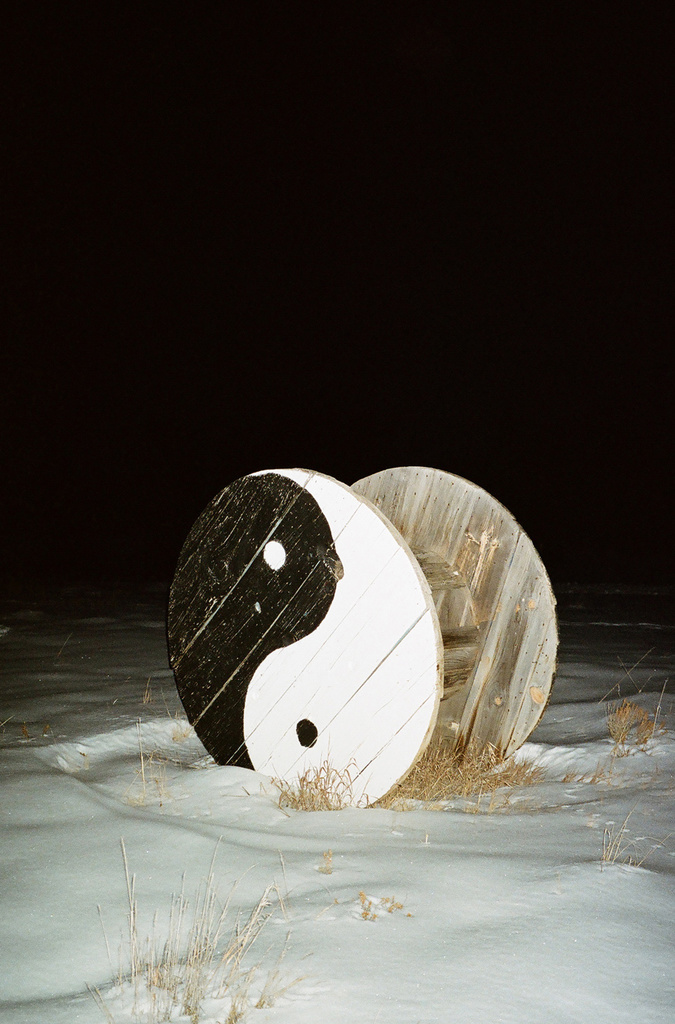
ct: What’s next for you?
ps: I’m in the editing process on a film about Richard Prince. I’ve been working on it for the last five years. I think it’s gonna be really cool. All Day Every Day is producing it. It’s supposed to come out this spring. There’s a court case that may hang it up for a while, where he got sued over some collage stuff. There’s a chance that it’ll go to the Supreme Court, and if it does, the film may fall back.
ct: How did that movie come together? Five years is a long time.
ps: I’ve made two other documentaries. One was about New York bicycle messengers, and the other about an artist. I just wanted to make another film, and I got Vice to introduce me to Richard Prince, by doing a shoot with him. I was driving to his house thinking, “Oh man! I hope this goes well!” If it did, I could ask him to continue filming.
ct: What was the video you shot for Vice?
ps: It was the first episode of Art Talk. It’s an artist feature show. My friend, who was the Vice editor at the time, knew that I wanted to make a film about Richard Prince, so he gave me that shoot. Driving up, I was stressing out and trying to think of what I’d say to him. I got out of my car and he came up saying, “Hey man, I’ve got all of this stuff coming up and no one’s really filming anything. If you want to be the guy, it’s yours.” That was the first thing he said to me. He gave it to me sight unseen. The film itself is a very personal portrait. When I started, I thought I’d be filming him doing all of these sort of fancy things, like hanging out with Jeff Koons or something. It’s actually nothing like that. We mainly shoot in his comfort zones. I shot his Guggenheim retrospective and a court case he was involved in.
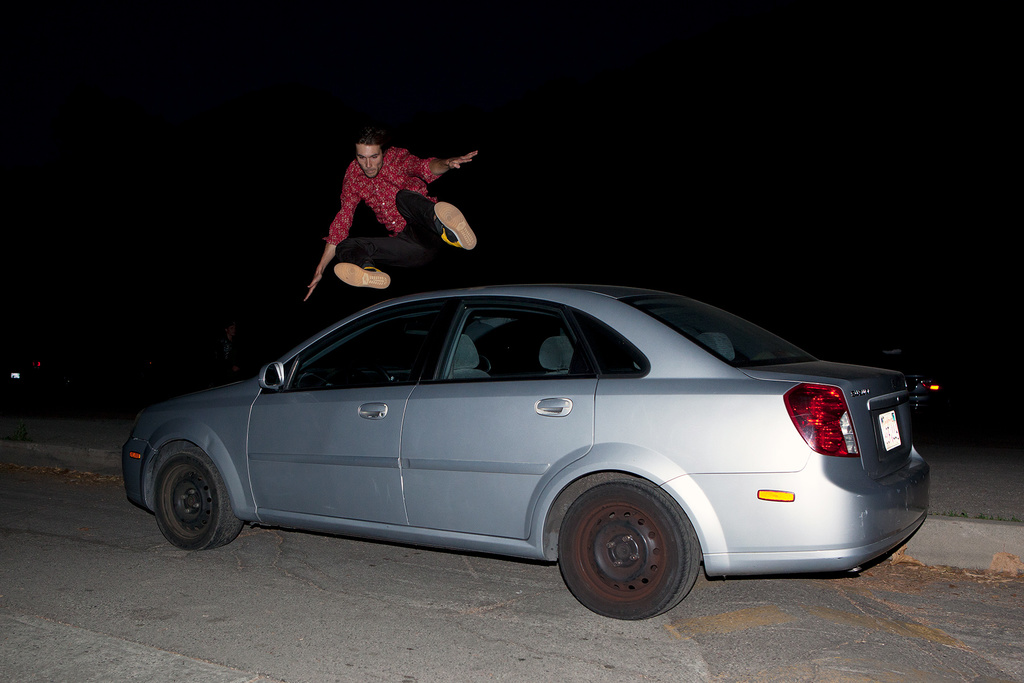
ct: What’s the title?
ps: It’s called Wild History. That’s taken from a quote that he says in the film. I think it will be on the film festival DVD distribution.
ct: What’s Richard Prince like?
ps: He’s pretty inspiring. He’s someone who came from a lower-middle-class background. He has a perspective on people. He’ll never just be a dick to a waiter, because he’s had those kinds of jobs. He has this true curiosity about things. He’s a true artist, always moving things around and trying new things. I think he’s one of the most influential artists around. The film starts with this footage he took from the ’80s. He’s on a highway with all these cars going by. He’s narrating it. The next thing we want to shoot is him driving around Malibu in a ’69 Charger, with the sun setting. He loves muscle cars. We may need to end the film with muscle cars. I really don’t shoot anymore with him unless I have to. It’s been five years! I think he’s a bit tired of it.
ct: Anything else you’d like to add?
ps: I just feel lucky. I grew up in a time when there were a couple of youth culture movements. Hip-hop, skateboarding, and things like that were just completely new. This magazine is a piece of that. When I can, I try to use my creativity toward something positive.■
